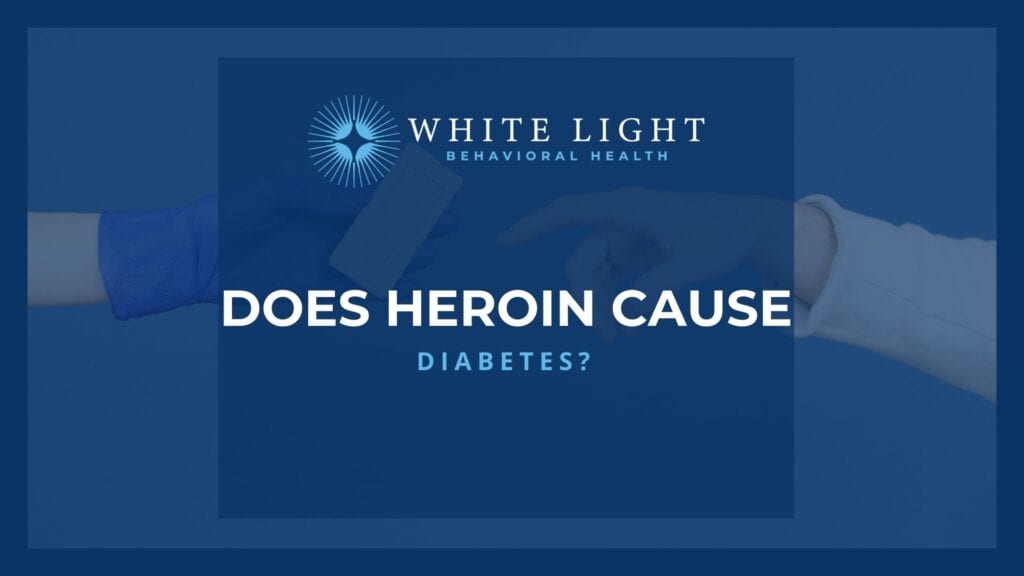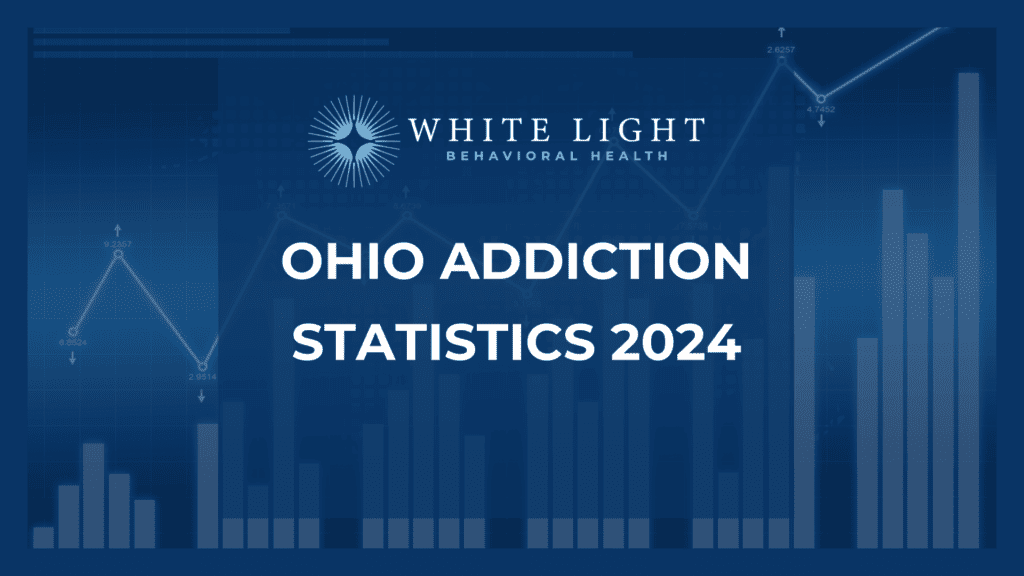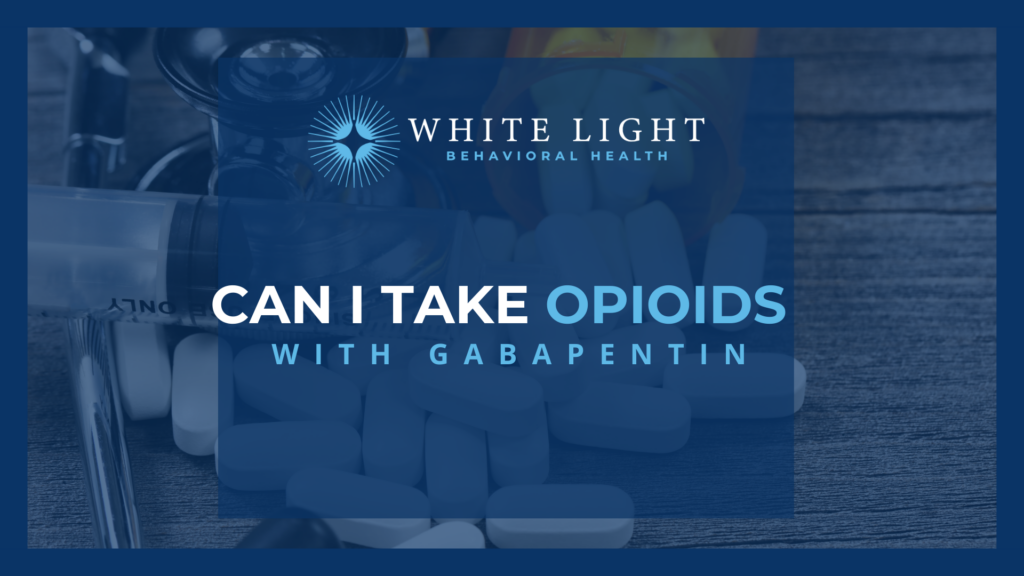Heroin does not cause diabetes. What heroin does do, however, is create what’s known as hyperinsulinemia as per Omorogieva Ojo. published a study in the National Library of Medicine in 2018. This is a state where there is too much insulin in the blood even without glucose intolerance. According to the Mayo Clinic, the treatment is simply to treat the problem that’s causing the hyperinsulinemia. In cases of the condition stemming from the misuse of heroin, the obvious treatment is to help the client stop taking the drug or to find which of the three available heroin treatment drugs helps with both the heroin use disorder and the hyperinsulinemia.
Hyperinsulinemia Itself
In cases of the condition where the person is not misusing heroin or another opioid, the cause of hyperinsulinemia is insulin resistance. Such resistance comes from any one of several conditions, or the person might simply experience insulin resistance without one of the comorbid conditions. The most common condition is polycystic ovarian syndrome. Others include nonalcoholic fatty liver disease, heart disease, or metabolic syndrome.
Hyperinsulinemia is common. In the U.S., about 84 million people experience prediabetes, which is the normal indicator of the presence of insulin resistance. If you suspect that you might have this condition or if your doctor tells you that you might have it, check for the following symptoms:
- Darkened skin in your armpits, back, and/or neck
- Many skin tags
- Blurred vision
- Unusual thirst
- Abnormally frequent urination
- Increased hunger
- Headaches
You might also get skin infections, and any skin injuries will be slow to heal.
Heroin: The Facts
Heroin is a refined form of opium, which is derived from the ground seeds of the poppy. The ground seeds are first turned into morphine, which is then further refined to make heroin. Usually, it’s either a white or brown powder. Occasionally, it’s made into a dark, sticky substance that is known on the street as black-tar heroin. Black-tar heroin is much less pure than its powdered counterparts.
Heroin is usually cut with something else to “make it go farther.” This can be anything from confectioner’s sugar to rat poison. People who experience heroin use disorder must be careful because of two chief problems:
- They get used to needing a certain amount of the drug when the drug is cut with something else. If they then get pure heroin and use the same amount, then the chance of death is much greater because the person will have used much more heroin than usual.
- Many of the substances, such as the aforementioned rat poison, are possibly lethal in and of themselves, and someone who uses heroin can die simply from using it even if the person is a “first timer.”
Heroin affects the body like other opioids, but because it’s refined, it’s much more powerful than what your doctor will usually prescribe for pain management. Interestingly, when someone takes heroin, the body converts it back into morphine, which then binds to the opioid receptors in the brain. Depending on how much someone takes, the “rush” of euphoria will be slow or fast. The high is intense and quite pleasurable, which is why it’s so addicting.
Unfortunately, the high is as ephemeral as it is euphoric. It wears off quickly, especially after chronic use and the tolerance that comes with it. The cravings that come next are irresistible in almost all cases. The danger inherent in heroin use isn’t that drug itself. Other than the substances with which it might be cut, the biggest danger is death by respiratory arrest. When “coming down” from heroin, the person’s breathing slows to life-threatening, or nearly life-threatening, levels. When oxygen reduction happens, the person must have medical assistance. Otherwise, if the person survives over the long term, then it’s merely a stroke of luck.
When heroin binds to the opioid receptors, the euphoria comes from its effect on the neurotransmitters in the brain. The extra stimulation produces additional dopamine. The euphoria is the chief psychologically addicting effect of heroin. Unfortunately, because the effect lasts such a short time, the person experiences intensely unpleasant effects thereafter according to a study published by the National Institute of Drug Abuse.
These include severe dry mouth, intense nausea, whole-body itch, and what’s called “going on the nod,” which is when, as the euphoric state ends, the person vacillates between being conscious and semi-conscious as if in a light sleep. The craving for euphoria, together with the unpleasant effects of withdrawal, combine to make “chasing the dragon” among the toughest substance misuse problems to overcome.
Over the long term, the effects are even worse. You can develop pus-filled sores all over your body along with serious infections of the tissues of the heart and lungs. Your veins could collapse if you inject it, or your nasal membranes could rot if you snort it. This is especially true if you mix the heroin you snort with cocaine or crack cocaine, which is called speedballing. Heroin causes erectile dysfunction in people who are assigned male at birth. Additionally, your brain chemistry will be irrevocably altered, and depressive disorder, anxiety, suicidal ideation, and antisocial personality disorder are common. If you inject the drug, then there is also the possibility that you could contract HIV from a shared needle.
The expression “kicking the habit” comes from the propensity of people going through heroin withdrawal to experience uncontrollable leg spasms as they go through withdrawal. One theory on the term “cold turkey,” too, has to do with heroin because of the cold sweats and goose bumps that also come along with withdrawal.
Modern Treatment Options
Before 2010, the prevailing attitude was that the only way to beat heroin use disorder was to get the person to stop taking the drug. Research by Robert C. Oelhaf, published in the National Library of Medicine in 2023, has shown that trying to stop using heroin was hard over the past twenty years. Two things spurred a shift in the thinking regarding heroin use disorder treatment: the lethality of heroin dependence and the strength of the addiction itself. While therapy is still quite a useful component in treatment strategies, the focus on keeping the person free from the drug is gradually being discarded because the strength of the addiction is just too strong. People relapse as soon as they’re out of a controlled environment, and keeping them in such a controlled environment for life is neither practical nor humane.
The new strategy is to reduce the harm to a level where the most serious of the side effects of both the use of heroin and the withdrawal from it are minimized. Three drugs are used in this strategy: Methadone, buprenorphine, and Naltrexone. Sometimes, one of these drugs suffices, but other times, a combination works better. In the “reduce-the-harm model,” the idea is to remove the illegality of taking these opioids so that the person doesn’t have to resort to stealing them to be able to receive treatment.
Of course, someone’s medical history will be a determining factor in which treatment is best. Each case must be individually analyzed, and each treatment strategy customized for the person. For example, some cases might necessitate being opioid-free even if that strategy is now in disfavor, such as in a case where the person is allergic to Methadone. Other times, therapy will be the lead method of controlling heroin use disorder, particularly if some sort of trauma induces the person to begin using the drug.
Forms of Therapy Used in Treating Heroin Use Disorder
The most common form of therapy when treating any substance use disorder is cognitive behavioral therapy. This is what’s commonly known as “thinking about thinking.” The person undergoing therapy learns to identify troublesome emotions, thoughts, and behaviors and to ask questions about them. The client and the therapist will then discuss both the negative things and the person’s answers to them. Further questions might be, “What makes these things bad, and what can we do to focus on good things instead?” The answers to those questions will become the person’s coping strategies down the line.
In the case of the treatment of heroin use disorder, with the current focus on reducing harm rather than eliminating the drug from the person’s life, the efficacy of a combination of treatment strategies is most apparent. In Saul Mcleod’s study published in Simply Psychology in 2023, he found a mean effect size of 0.45 in cases of substance use disorder. The lowest measured effect size was 0.24, which was for people who used multiple substances, such as in the case of speedballing. Even 0.45 is just a moderate effect, so the treatment is not a panacea. Still, it is a crucial element of an overall treatment plan.
Motivational enhancement therapy is the practice of encouraging the client to set attainable goals and to mark achieving each one. Success is celebrated, and failure is redirected toward a path to eventual success. This, too, is most useful in an overall plan that uses multiple treatment strategies.
When trauma is involved in either the reason the person began to use heroin, something that happened while using heroin, or both, then another possibility for treatment is eye-movement desensitization and reprocessing, or EMDR. It’s a process where the therapist uses light to direct the client’s eye movements while focusing on the trauma or perceived trauma. The eye movements and light combined have been shown since 1987 to have a beneficial effect on the person’s reaction to a previous trauma. The memories become less vivid and, therefore, less troublesome.
Seeking Help
At White Light Behavioral Health, we provide just such a collection of comprehensive treatment strategies. If necessary, then we will help you detox before you begin handling your substance use disorder throughout your life. We’ll assess your medical needs, too, so that we pick the right treatment plan. The toughest step toward help and recovery is the first one. So, if you even think that you might have a problem, then give us a call so that we can help you overcome it.
Does heroin use contribute to weight gain or weight loss?
Heroin use can lead to fluctuations in weight, but the effects can vary from person to person. Initially, individuals may experience weight loss due to suppressed appetite and nausea. However, prolonged heroin use can disrupt metabolism and lead to weight gain as the body’s ability to regulate food intake and energy expenditure becomes compromised.
Can heroin abuse lead to heart problems?
Yes, heroin abuse can have detrimental effects on the heart. Chronic use can cause cardiovascular complications such as decreased heart rate, irregular heartbeat (arrhythmia), and even heart failure. Additionally, intravenous drug use increases the risk of infections that can affect the heart, such as endocarditis.
Does heroin use increase the risk of infectious diseases?
Yes, heroin use, particularly through injection, significantly increases the risk of contracting infectious diseases such as HIV/AIDS, hepatitis B, and hepatitis C. Sharing needles or other drug paraphernalia can facilitate the transmission of these viruses. Engaging in unsafe injection practices or having unprotected sexual encounters while under the influence of heroin further heightens the risk.
What are the long-term effects of heroin use on mental health?
Long-term heroin use can have profound effects on mental health. It can lead to symptoms of depression, anxiety, and other mood disorders. Chronic heroin use also impairs cognitive function, memory, and decision-making abilities. Co-occurring mental health disorders often complicate addiction treatment and require comprehensive care.
Does heroin use increase the risk of overdose?
Yes, heroin use significantly increases the risk of overdose, particularly when used in combination with other substances such as alcohol or benzodiazepines. Overdose occurs when the amount of heroin in the body overwhelms the central nervous system, leading to respiratory depression, loss of consciousness, and potentially death.
How does heroin use impact brain function?
Heroin affects brain function by binding to opioid receptors, triggering a flood of dopamine, which induces feelings of euphoria and pain relief. Chronic use leads to tolerance, requiring higher doses for the same effect, and alters neural circuits associated with decision-making, impulse control, and reward processing. Prolonged heroin use disrupts natural dopamine production, contributing to addiction and withdrawal symptoms.
How does heroin use affect pregnancy and childbirth?
Heroin use during pregnancy can have serious consequences for both the mother and the baby. It increases the risk of complications such as miscarriage, preterm birth, low birth weight, and neonatal abstinence syndrome (NAS), where the baby experiences withdrawal symptoms after birth.
Can heroin use lead to financial problems?
Yes, heroin use can lead to significant financial problems. Maintaining a heroin addiction often requires a considerable amount of money to support the habit, leading individuals to spend their savings, borrow money, or engage in illegal activities to obtain drugs. The financial strain of addiction can result in job loss, homelessness, legal issues, and overall instability.
How does heroin use impact relationships with family and friends?
Heroin addiction can strain relationships with family and friends due to the behavioral, emotional, and financial consequences of addiction. Individuals may become withdrawn, and deceitful, and prioritize drug use over their relationships. Trust may be eroded, communication may break down, and loved ones may experience feelings of anger, resentment, and betrayal.
Why is it crucial to prepare for the drug detox process when overcoming heroin addiction?
Preparing for the drug detox process is crucial when overcoming heroin addiction because withdrawal symptoms can be severe and potentially dangerous. These symptoms often include intense cravings, nausea, vomiting, muscle pain, and anxiety. Proper preparation involves medical supervision to manage these symptoms safely and minimize discomfort.

Share This Post



